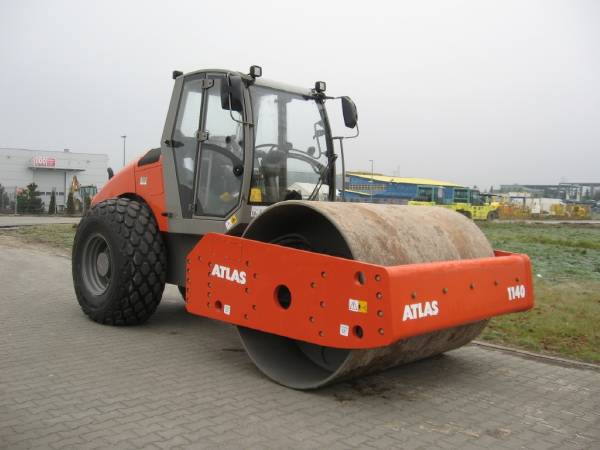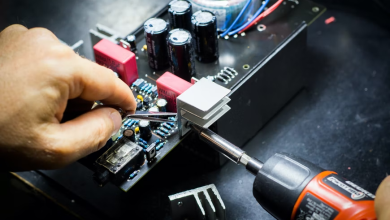How do roller compactors operate?

Compaction is a crucial site task needed for the majority of building projects. It entails compressing the soil locally in order to increase its ability to support loads.
The removal of air gaps in the soil due to compaction effectively increases the load-bearing capacity. There is a wide selection of compaction equipment on the market, from small portable compactors to big compacting devices.
One such piece of compaction equipment is a small roller compactor, commonly known as a road roller or just a roller. It is a type of two- or three-wheeled vehicle with a large mass that is frequently used to crush asphalt, gravel, dirt, and other types of building materials.
They are mostly used in the building of foundations, dams, and roadways. They may also be utilized for agricultural or landfill purposes.
In this post, we’ll examine a roller compactor’s operation and how it works. Both walk-behind and ride-on variants will be covered. Finally, some significant information on a 2-ton roller compactor would also be offered.
The Roller Compactor’s Operational Mechanism
Both dry and wet compaction may be done with roller compactors. In dry compaction, the soil’s air is removed, but in wet compaction, the soil’s spaces are filled with water until the ideal moisture content is reached. When it comes to handling and maneuverability, there are essentially two main types of roller compactors.
They are these two kinds:
Roller compactors that are mobile. Rolling compactors that are walk-behind. We’ll be concentrating on how each of these categories operates in this section.
Ride-on roller compactors
Vehicles supported on a smooth drum-shaped tire are known as ride-on roller drums. The operator’s cabin is on the back side, while the engine is at the front.
Through an articulation joint, the front and back sides are both joined. The roller’s movement may be controlled by rotating the articulation joint. The steering ram, which is situated in the operator’s cabin, regulates the rotation of the articulation joint.
The operator then turns the steering to adjust the rollers’ direction. Using an articulation joint, the entire front portion of the machine is rotated in a roller, as opposed to regular cars where steering turns the tires.
Additionally, a gearbox has been added in the operator’s cabin to adjust the roller’s speed in both forward and backward directions. A gasoline gauge is available in the operator’s cabin, and the fuel tank is situated beneath the driver’s feet.
The operator’s cabin also houses the remaining engine controls. The majority of rollers are driven by diesel and have specialized hydraulic systems installed. The basic purpose of these hydraulic systems is to stop the rollers.
Walk-behind Roller compactors
These walk-behind rollers are controlled by forces applied by the operator’s hand, as their name suggests.
They are vehicles with a single drum wheel. The lone drum wheel is fastened to the engine’s underside. The handlebar is then used to link the motor to the forward travel lever.
By squeezing the lever bar, forward movement is made possible. The level bar is released to halt the spinning of the roller. You might consider the lever bar to be a circuit breaker. Squeezing completes the circuit, causing the roller wheel to turn. When you let go, the wheel stops turning since the circuit is broken.
Additionally, a stop button for emergencies is situated close to the lever. The roller also has a little stabilizer roller fitted on its front. It lacks power. It makes handling easier and helps the roller maintain stability.
Typically, this kind of roller also includes a sprinkler system for the water. For moist compaction, it is employed. Diesel or battery power are both options for the roller.





